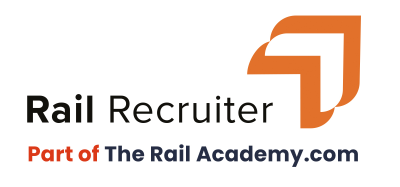Interview Spotlight: Conor Linnell, Client Director for Strategic Rail, Signalling and Telecommunications at SNC-Lavalin Atkins
Posted: 19 December 2018 | Global Railway Review | No comments yet
On 10 May 2018, the UK Secretary of State for Transport and the Chief Executive of Network Rail announced the UK’s new Digital Railway strategy – committing all new trains and signalling will be digital or digital-ready by 2023. With this shift will come important new benefits to passengers and opportunities for rail operators, says SNC-Lavalin Atkins’ Client Director for Strategic Rail, Signalling and Telecommunications, Conor Linnell


Our rail network is the UK’s lifeline that we depend on to transport millions of people and goods, every day. The work involved in introducing this signalling infrastructure over the next five years will cost £4.4 billion, a number that will grow significantly over the next two control periods, through to 2033. This commitment was labelled “a turning point in the history of our railways” by Network Rail.
In my view, this isn’t an overstatement, because ETCS will act as a powerful delivery agent for other transformational changes and improvements on train routes.
For the all-important passenger experience, the move to digitally-enabled train control systems will bring more reliable timetabled services. Intelligence will be added to the network, enabling operators to increase capacity and make more use of existing track, meaning more trains, more seats and less disruption.
Further benefits will include better Wi-Fi performance, because new digital systems will be IP-based and able to open-up vastly improved internet and phone coverage, enabling new customer-facing services to be added. At last, this could spell farewell to having phone calls cut-off when passing through a tunnel.
With our detailed understanding of digital signalling systems, we’re continually pressing for change to the current franchise system. We’re doing this through working groups and initiatives – because only by implementing root and branch change to how the UK’s rail network operates, will we unleash the potential that new technologies offer.
Political and related commercial issues currently obstruct the technological progress we know is possible. You only need to spend a few minutes in a busy civic railway station and you can see the rolling stock of train operators, freight and plant operators coming and going, all of which would need the on-train technology to ensure the full system works together.
The good news: There’s definitely an industry desire to drive the ETCS agenda, and we’re seeing a shift in attitudes. SNC-Lavalin Atkins’ commitment is underpinned by the launch of our interlocking application which fully supports digitalisation to ETCS, putting us at the cutting-edge of introducing the new technology.
Looking forward, the introduction of technologies that provide the core activity to keep the railway safe and running, while delivering greater connectivity, can only be a good thing. But of course, when any new technology emerges the full value of its benefits take time to come to fruition.
The new signalling element of the digital railway will offer far more than just more modern signalling. It will significantly increase operational efficiency, whilst being a major catalyst in creating other opportunities.
This new digital world will require a mindset change by the industry. If we want to realise these opportunities, and introduce more flexibility, opportunity and decision-making into the route, we need to view our railway as a complete system, not its constituent parts. Contracts and delivery must be coordinated which will require stringent streamlining of infrastructure delivery mechanisms and organisational processes.
Only by taking this disciplined approach will we be able to pull-out the true value of the considerable investment the government is making. We have the expertise, appetite, technology, incentives and customer-demand to embrace this change. Now it’s time to put a can-do attitude in the driving seat and work together in a focused way to deliver a railway that’s fully fit for the future.
Related topics
Digitalisation, Signalling, Control & Communications, Technology & Software, Wi-Fi







